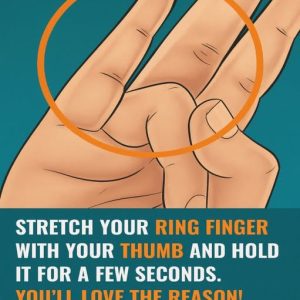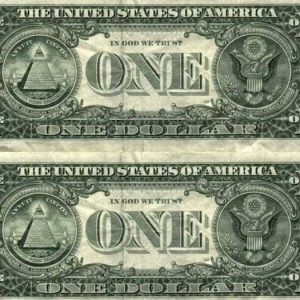Palmistry is an ancient practice — its origins are debated, with roots claimed in India, China, Persia, Greece, and beyond. What’s consistent across traditions is the belief that the lines on one’s palm can reflect character, destiny, and hidden potential. Among the many patterns that palm readers examine, the letter “M” stands out as one of the most compelling. It is formed when four major lines — typically the heart line, head line, life line, and sometimes the fate line — intersect in such a way that they create a shape resembling “M.” This is no accident in the palmistry world; many believe it sends a strong signal about a person’s inner strength and purpose.
According to many contemporary palmistry interpreters, having an “M” on your palm is associated with a suite of powerful traits. One of the most cited is intuition: people with this marking are said to sense motives quickly, spot dishonesty, and understand others on a deeper, almost instinctive level. They’re also often described as natural leaders, not in a brash or domineering way, but through quiet self‑confidence and strong moral direction.
Another common thread in its interpretation is practical creativity and drive. According to some palmistry sources, people with the “M” are ambitious and persistent. They blend imagination with action: while they may dream big, they also have a grounded work ethic that helps them follow through. Spiritual or intuitive insight, in this view, doesn’t stand apart from life — it integrates with discipline and real-world effort.
Some readers also attribute a strong sense of judging character to those with this marking. The theory is that the “M” gives people a kind of inner lie-detector: they pick up on manipulation, insincerity, or hidden motives more easily than others. Because of this, they may value honesty and integrity deeply in their personal and professional relationships, and people might come to depend on their perceptiveness.
The hand on which the “M” appears is thought to matter, too. Some traditions suggest that the non-dominant hand (which reflects innate traits) shows more about your true nature. If the “M” is on the dominant hand, it could point to more practical, externally visible qualities — ambition, creativity, and a strong drive. Having the “M” on both palms is sometimes seen as especially auspicious, indicating a rare balance of intuition and logic, leadership, and depth.
That said, not everyone buys into the positive mythologizing of the “M” sign. Some critics — including certain palmists — argue that the whole idea of the “M” is overhyped, or even misleading. For example, one modern palmist sharply criticized the “M sign” as a made-up or viral phenomenon, noting that the lines that supposedly form the “M” (heart, head, life, fate) are common in many hands. According to this perspective, the “M” is less a rare spiritual mark and more a reinterpretation of ordinary palm lines — amplified by optimistic readers who want to believe in something special.
Despite the debate, the “M” on the palm has enduring popularity, both in mystical and mainstream interpretations. Some believe it offers a message of purpose, integrity, and inner clarity. And even skeptics admit that whether you take it as literal destiny or just a symbolic metaphor, it can still be meaningful. The very fact that people notice, interpret, and discuss the “M” — as a sign of insight, leadership, or character — reflects a broader human desire to find patterns and meaning in ourselves.
In the end, what matters most may not be whether the “M” on your palm really guarantees psychic powers or success, but what it represents to you. For believers, it’s a sign of deep intuition, drive, and wisdom. For skeptics, it’s a curious coincidence or pattern. Either way, the conversation it sparks is a reminder that we’ve long used our own hands as metaphors — maps of our personality, our potential, and the person we hope to become.




